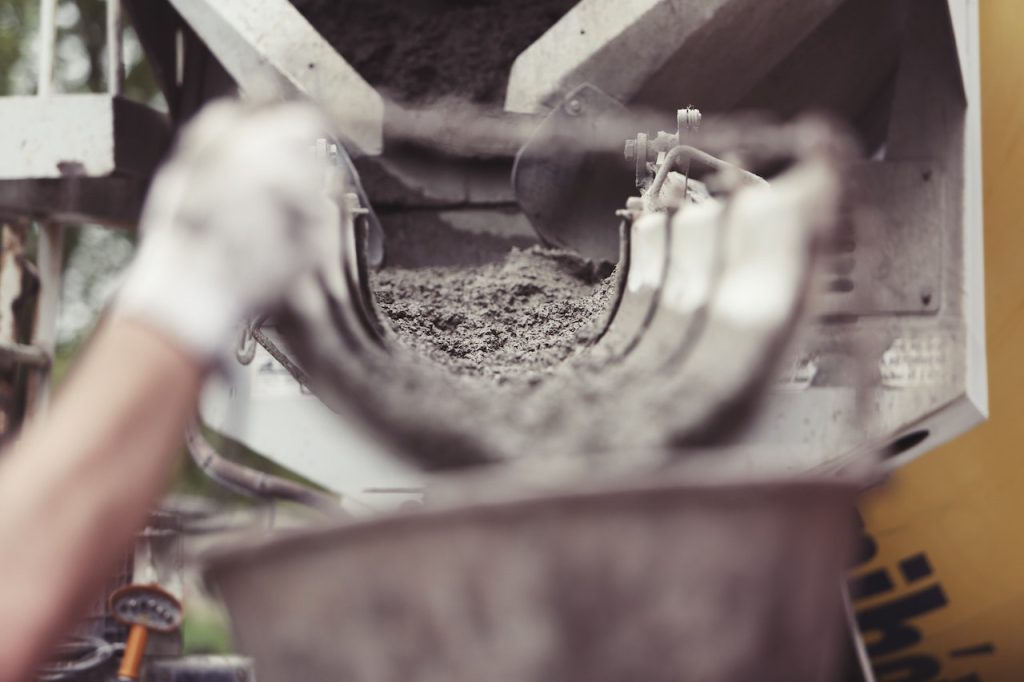Adhesives are natural or synthetic compounds used to bond two objects together.
Types of Adhesives Based on Bonding Properties
Based on their bonding properties, adhesives can be categorized into pressure-sensitive, reactive, drying, contact, light-curing or thermoplastic.
Pressure-sensitive Adhesives
Pressure-sensitive adhesives are suited for use as tapes and labels and although they do not solidify, they are often able to withstand adverse environments. This type of adhesive is not suitable for sustained loadings. They are categorized into permanent and removable.
Permanent pressure-sensitive adhesives may be removable when first applied, but their adhesion strength build over the course of hours or even days. Examples of these are the foil tape used in heating, ventilating, and air-conditioning (HVAC) systems, equipment safety and warning labels on machinery and appliances, and to secure interior trim work in vehicles.
Removable pressure-sensitive adhesives create a temporary bond and typically cannot support a substantial amount of weight. Common examples of temporary pressure-sensitive adhesives are masking tape, sticky notes, and pricing labels.
Reactive Adhesives
Reactive adhesives are applied in liquid form as a very thin layer. They are best used to attach items that must be completely flush and do not require the adhesive to fill a gap between them. They have a fast rate of strength build-up along with a very quick set time. This type of adhesive is well suited for glueing together wood, plastics, metal, and glass.
Drying Adhesives
Drying adhesives are a combination of polymers and solvents which hardens as the solvent evaporates. Ordinary white glue and rubber cement are the most widely recognized adhesives of this type. Drying glues are mostly suited for household, school, and craft use because they create a relatively weak bond.
Contact Adhesives
Contact adhesives must be applied to both surfaces to be attached, and then allowed a period of time to dry before the objects can be pressed together. Neoprene and natural rubber are two common examples. Applications include attaching soles to shoes and affixing laminates or veneers to plywood or fiberboard.
Light-Curing Adhesives
Light-curing adhesives set rapidly, some as quickly as in a single second. These extremely strong glues are capable of bonding dissimilar materials, such as plastics to glass, and they are able to maintain integrity under extremes of temperature. Light-curing adhesives are used almost exclusively in industrial settings such as manufacturing, aerospace applications, electronics, medical equipment, and telecommunications.
Thermoplastic Adhesives
Thermoplastic adhesives are also called hot-melt glues because they are applied hot and then harden as they cool. This type of adhesive is used primarily for homemade crafts using a hot-glue gun for dispersal.
Types of Adhesives Based on Chemical Type
Adhesives can also be classified based on their chemical makeup. The strongest adhesives solidify by a chemical reaction, while weaker types harden by physical change.
Anaerobic Adhesives
Anaerobic adhesives are structural adhesives which remain liquid until isolated from oxygen in the presence of metal ions, such as iron or copper. They are often known as “locking compounds” since they are being used to secure, seal and retain parts such as nuts and bolts which are either turned, threaded, or close-fitted. They are based on synthetic acrylic resins.
Cyanoacrylate Adhesives
Cyanoacrylates are structural adhesives commonly known as “super glues” or “instant adhesives” due to their extraordinary adhesion characteristic. They are solvent free and very fast-setting adhesives. These cyanoacrylates are one component and polymerize within seconds due to the presence of a weak base, such as surface moisture, and will bond well to a wide range of substrates.
Toughened Acrylics
Toughened acrylics are relatively fast curing and offer high strength and toughness, plus have more flexibility than common epoxies. They tolerate minimal surface preparation and bond well to a wide range of materials. This type of adhesive is made up of two components, the initiator which is applied to one surface and the adhesive which is applied to the other. When they are brought together, as the joint is closed, the initiator dissolves in the adhesive and the polymerization reaction starts.
Epoxy Adhesives
Epoxies are structural adhesives having a two-part component which consists of an epoxy resin and a hardener. They allow great versatility in formulation since there are many resins and different hardeners available. Epoxy adhesives can be used to join most plastics and metals. They have good adhesive strength and low shrinkage, but have low peel strength and flexibility. They do not produce volatiles during curing, but can be brittle. Epoxy adhesives are available in one part, two-part and film form and produce extremely strong durable bonds. Curing is accelerated by the application of heat.
Polyurethane Adhesives
Polyurethanes are structural adhesives having chemically reactive formulations that may be one-part or two-part systems involving the use of primers. They can be fast curing through application of adhesive by machine. They provide strong impact-resistant joints and have better low-temperature strength than most other adhesives. Polyurethanes can be supplied as reactive chemicals, solvent solutions, pastes or hot melts. They are mostly used in the bonding of glass fiber reinforced plastics (GRP), direct glazing of automobiles and lamination of both insulation panels and flexible packaging materials.
Silicones
Silicones have low adhesion strength but are known for their flexibility and resistance to high temperatures. They are available in single or two-part components. Single components function like polyurethanes and liberate alcohol or acetic vinegar during curing. Two-part components function like epoxies which requires a hardening agent to be mixed into the resin.
Phenolics
Phenolics are structural adhesives primarily used in the automotive industry such as bonding of linings to brake shoes.

